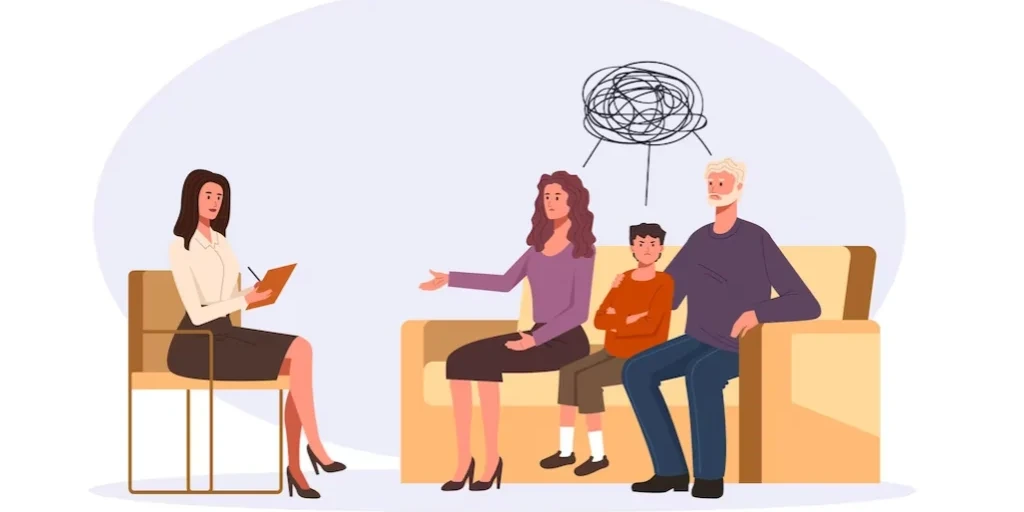24/7 Helpline:
(866) 899-221924/7 Helpline:
(866) 899-2219
Learn more about Anxiety Treatment centers in Greenbelt
Anxiety Treatment in Other Cities

Other Insurance Options

EmblemHealth

PHCS Network

BlueCross

Humana

Ceridian

Providence

Covered California

Horizon Healthcare Service

Health Partners

Ambetter

Health Choice

MVP Healthcare

Lucent

CareFirst

Holman Group
Beacon

Private insurance

BHS | Behavioral Health Systems

WellCare Health Plans

Medical Mutual of Ohio
















